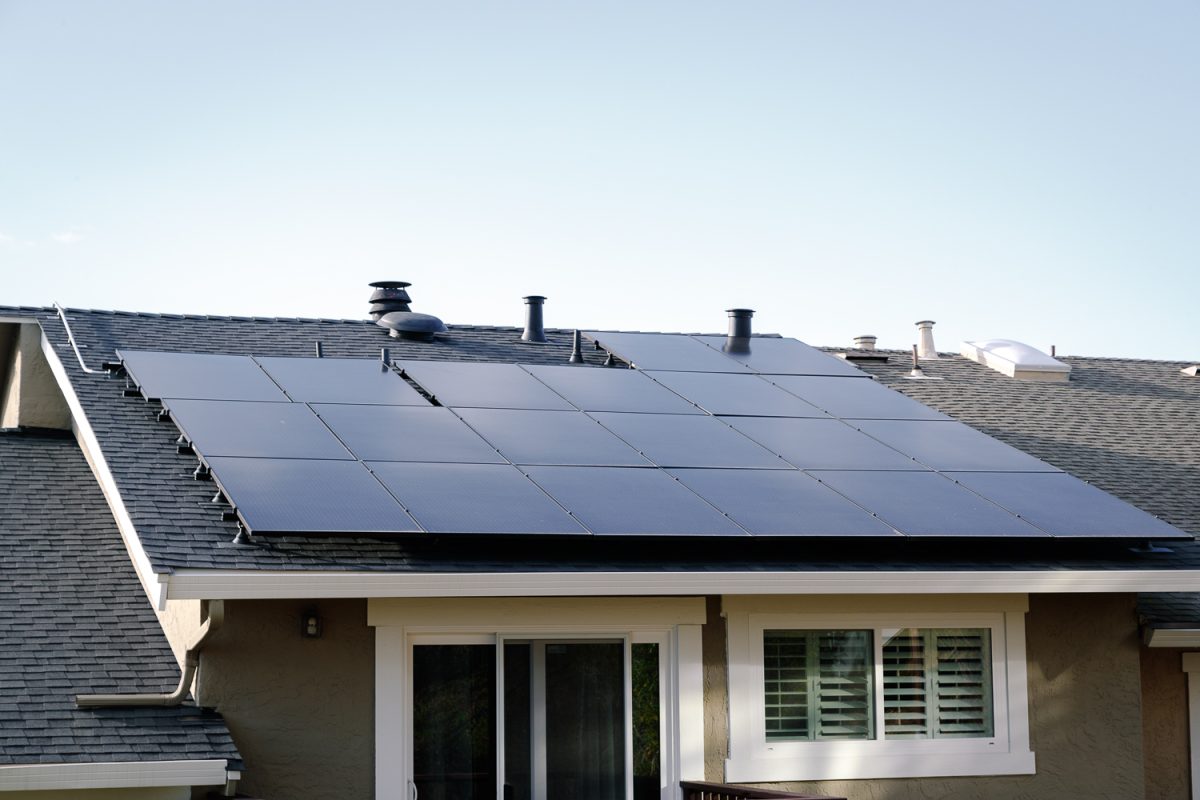California’s revised photovoltaic (PV) solar energy policies are causing decreased demand for solar panel installations and a corresponding increase in layoffs and bankruptcy.
NEM 3.0, the new net energy metering policy — a billing layout for homeowners with solar — has entailed economically unfavorable outcomes for people interested in installing solar energy systems.
The main feature of NEM 3.0 is a 75% reduction in export rates, making solar energy a less attractive option than it used to be, with the switch to wholesale export rather than full retail.
California initially provided aggressive tax breaks and economic incentives to promote solar energy adoption. With the former one-to-one export rate, the price of electricity pushed onto the grid was equal to the price pulled off the grid, allowing people to effectively save a lot of money on solar bills after paying off the initial installation cost.
However, this untenable offer forced the California Public Utilities Commission (CPUC) to reform the economic policy.
“Until now, we were selling at a rate PG&E couldn’t sustain. PG&E was being forced to buy back solar energy from customers at an artificially high rate relative to the market. Everyone who had solar was being subsidized,” said James Bohac, the engineering and green technology teacher at Carlmont High School.
While the CPUC voted on the new solar energy policy in December 2022, the policy changes were implemented in April 2023. Solar panel installations saw a notable increase as consumers rushed to receive the NEM 2.0 plan before it became invalid with the advent of NEM 3.0.
The solar systems installed before the deadline are guaranteed the continuity of their net energy metering policy at the time of purchase for 20 years.
“Getting solar was always a goal, but the structural change was the catalyst. If you signed up by a certain date — even if you didn’t have it installed — then you’d get the benefits of the full buyback system, which was one unit for one unit,” said Angelita Hsieh, a resident of Foster City, Calif. who installed her solar panels just last year.
This rush was contrasted by the lack of demand when the new policy was administered.
According to Aleksei Petrovski, the owner of solar installation company Solar Engineering, there was a massive spike in installations before April 15, 2023 — the deadline for NEM 2.0. After that day, requests for new system installations dropped significantly.
The substantial absence of consumers has led to the projected loss of over 17,000 solar jobs in California at the end of 2023, according to a California Solar and Storage Association study.
“They were structured for a subsidized market, so there’s more opportunity. They need to retract in size, which might cause some of them to leave the business. Not many people want solar panels for their houses when it might not make economic sense,” Bohac said.
Even though NEM 3.0 is designed to encourage installing battery storage and solar systems rather than just solar, it has acted counterintuitively, deterring customers with the extra price tag.
“With NEM 3.0, in many cases, the requirement to install energy storage has led to a significant price increase, ranging from 50% to 100%. As a result, PV solar systems have become less affordable, and the payback period has extended compared to grid-tied systems without energy storage. Due to these factors, there has been a notable decline in demand for new installations,” Petrovski said.
Although NEM 3.0 is less favorable than the traditional buyback rate, it still has considerable benefits in addition to the continued energy cost savings.
“When installing solar, you can power essential equipment during power outages. Solar also drastically reduces energy bills, especially with high power consumers like electric vehicles, water heaters, and furnace heat pumps,” Petrovski said.
The transition to energy sources like wind and solar demonstrates progress towards sustainability. Still, the need for economic incentives to motivate individuals to choose environmentally conscious options raises questions about the genuine commitment toward a greener future.
“I think we generally want to improve the environment. We hear about political turmoil with our country depending on other countries for crude oil, so it allows us to have less dependency on other countries for something as essential as a fuel source,” Hsieh said.












